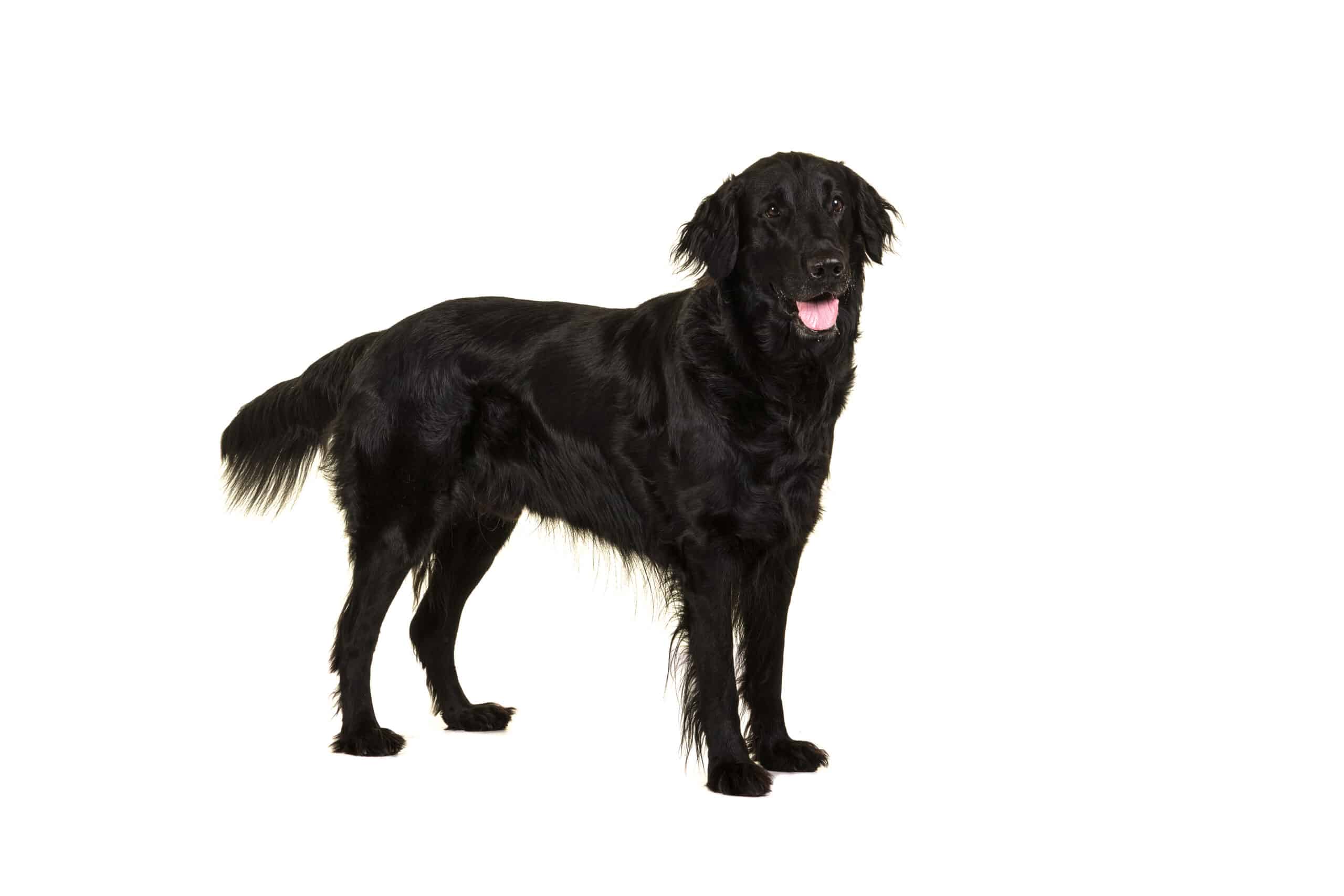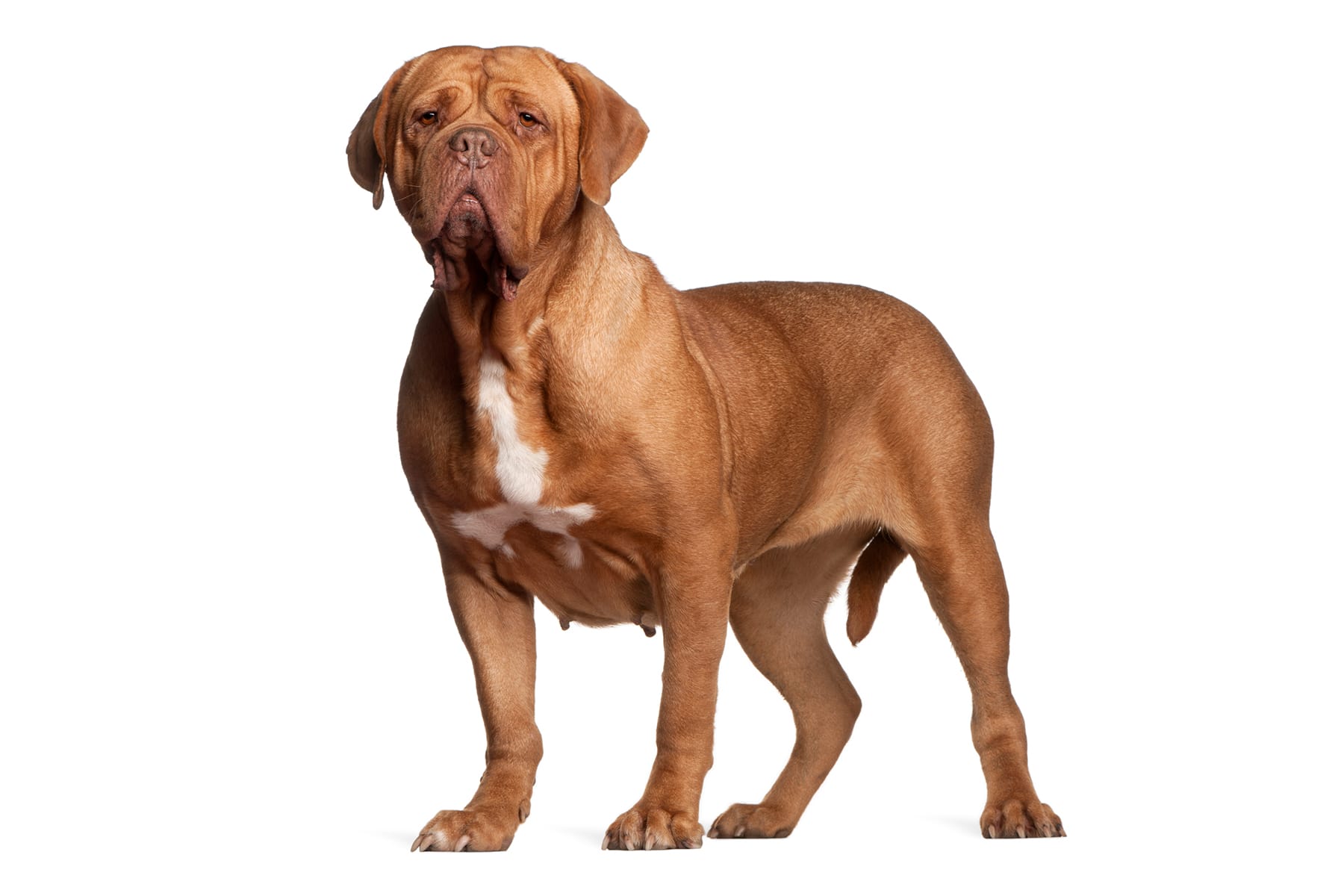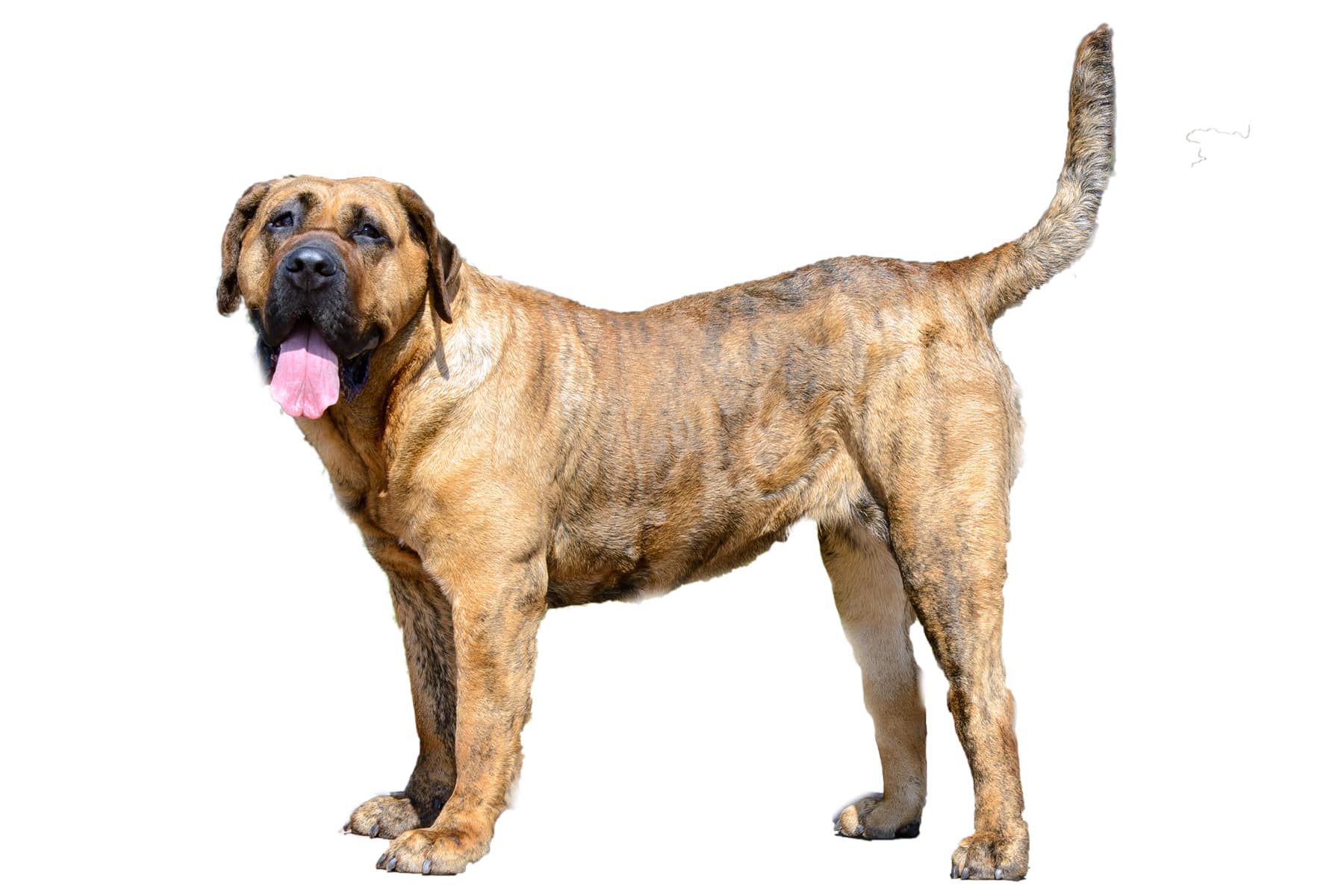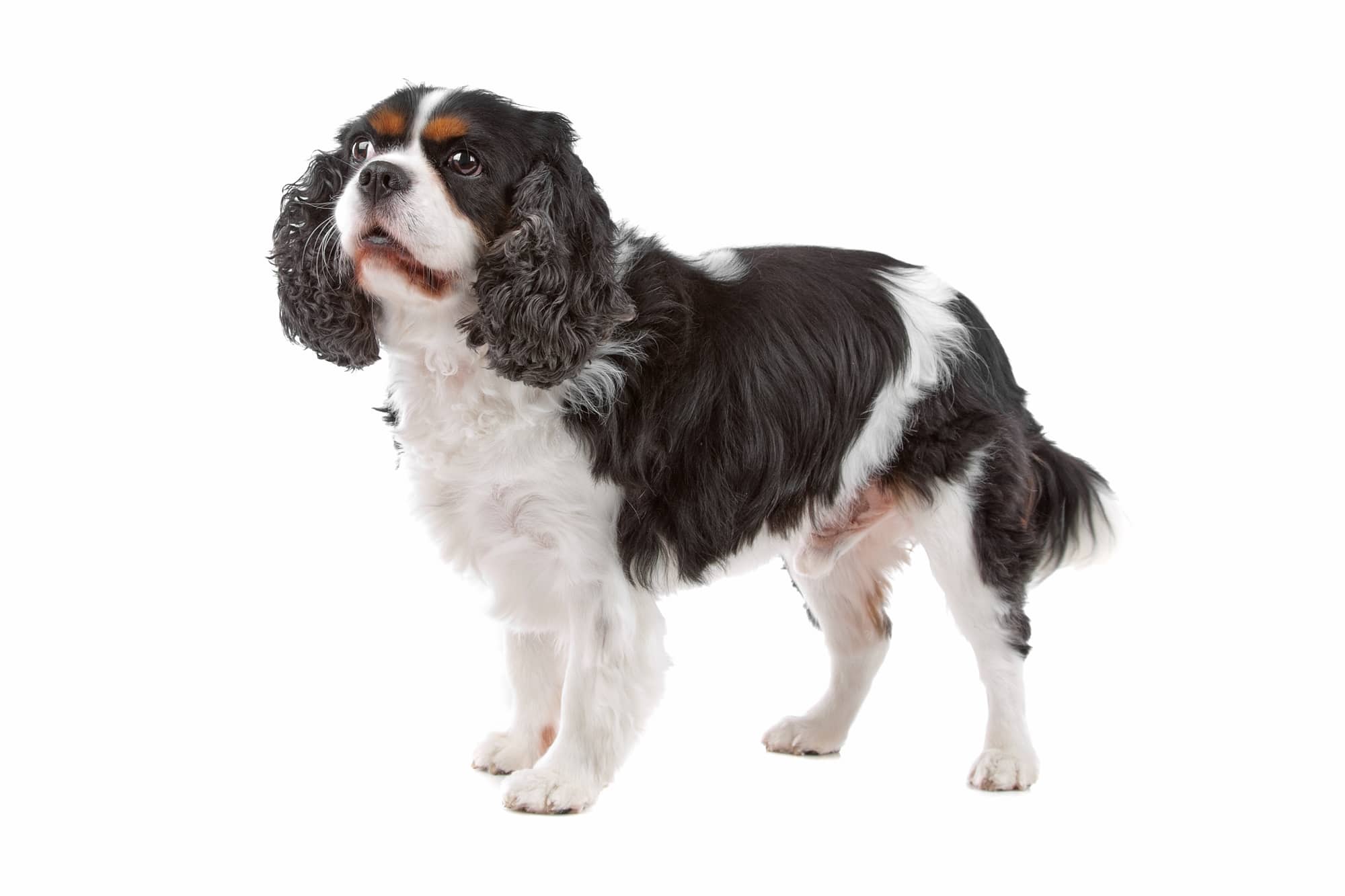Shiba Inu
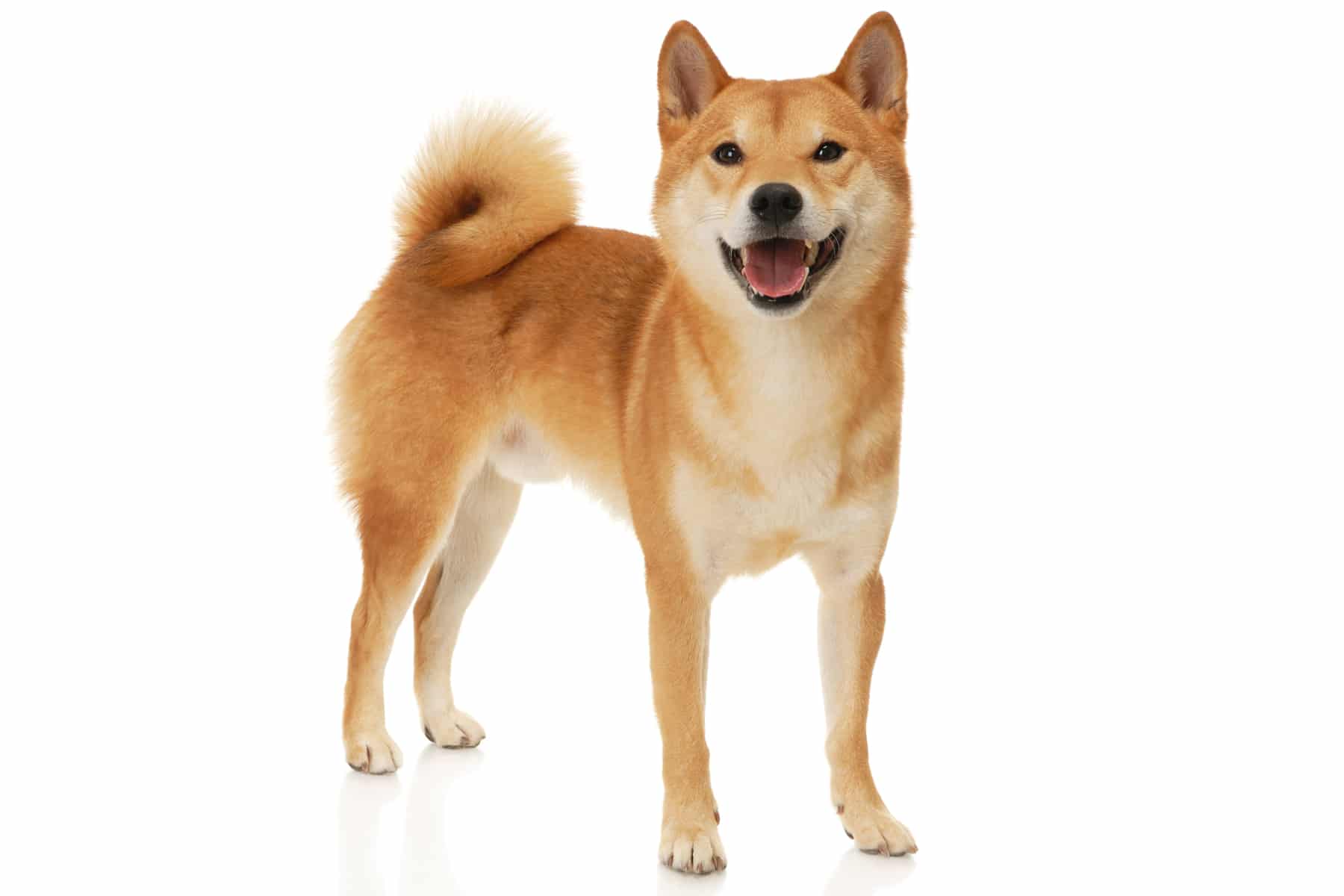
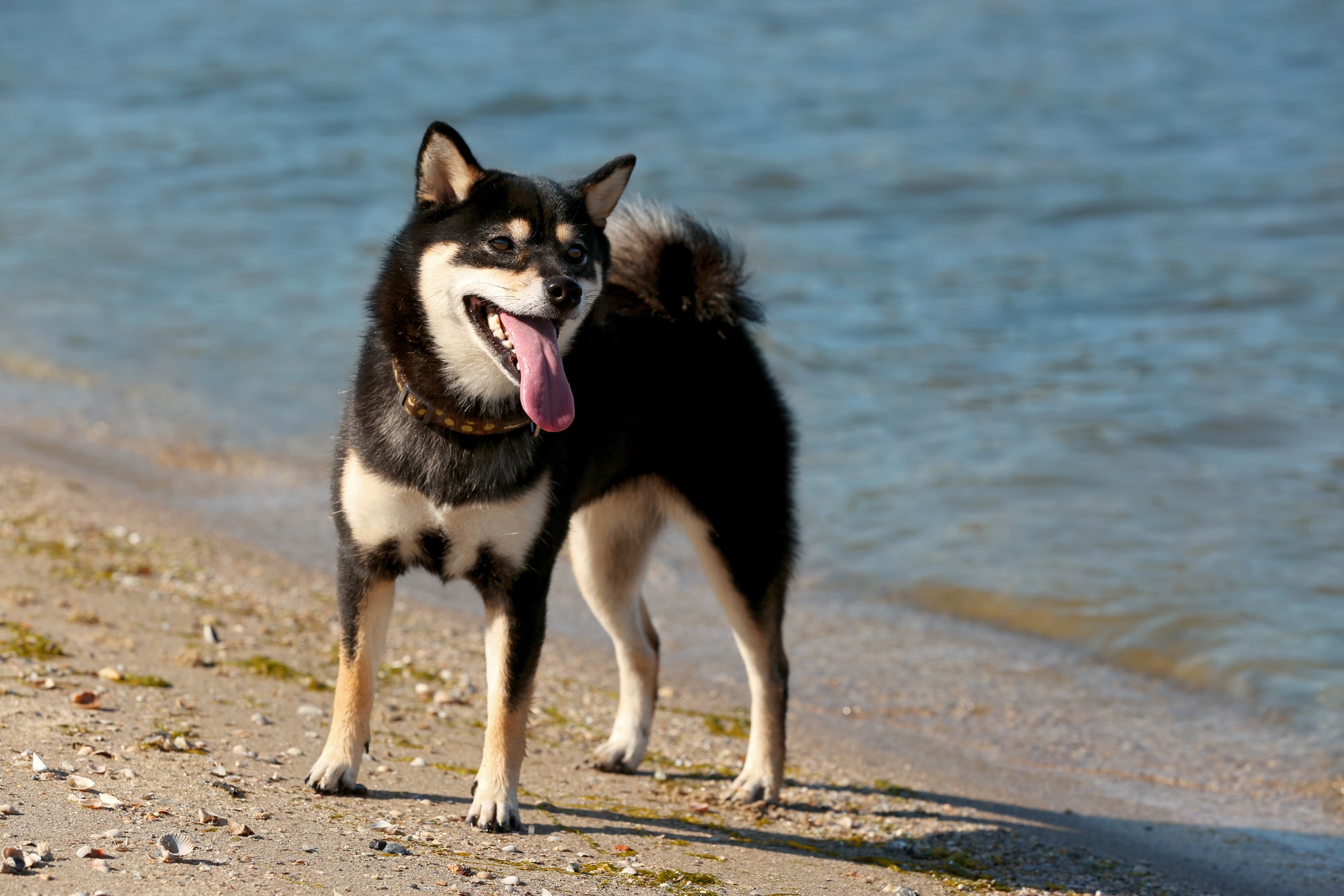
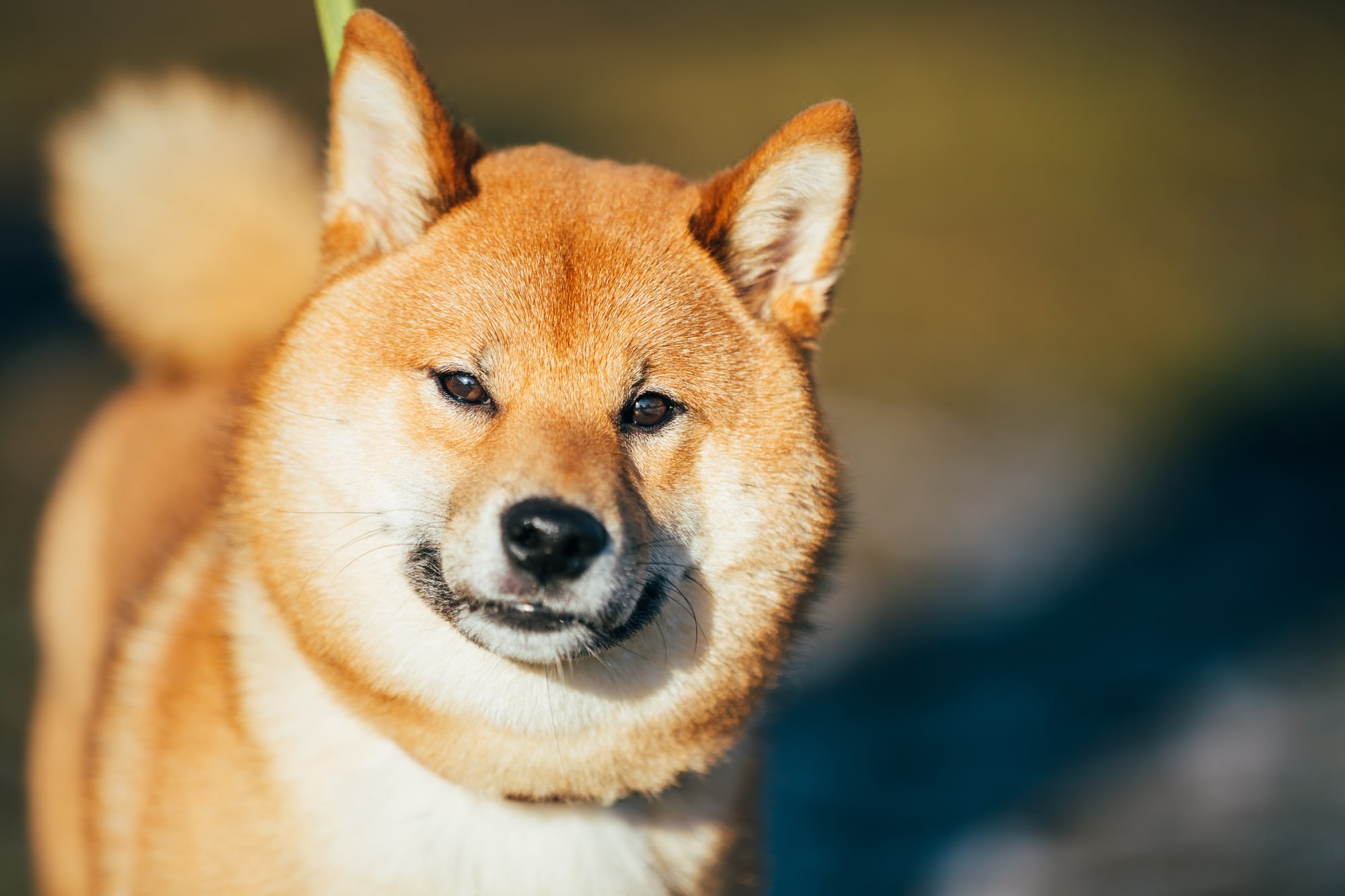
Temperament:
The Shiba Inu, also known as the Shiba, is the oldest dog breed originating from Japan. It is recognized by the FCI and assigned to Group 5. The Shiba Inu is a small to medium-sized dog. However, it is classified as a small dog breed. It is considered a loyal and affectionate companion to humans, is easy to care for, barks little and is considered to be particularly attentive.
Characteristics
Visually, the Shiba Inu resembles a wolf or a fox. As it is a very old dog breed, the close relationship to the wolf is not far-fetched.
The Shiba Inu's coat is very soft and fluffy. It is often found in golden-brown to red-brown shades. Another visual characteristic of these four-legged friends are their short pricked ears.
The tail of the animals is also a well-known feature. It is very fluffy and covered with lots of fur. The Shiba Inu usually curls up its tail so that it stands very high and looks very elegant.
The cute face of the Shiba Inu resembles that of a teddy bear.
Its thick coat often conceals powerful muscles. The four-legged friend needs these to be able to move quickly and safely in the mountains and in nature. This robust dog also has enormous jumping power.
The Shiba Inu is a self-confident but calm dog. It is alert and lively, but is not easily disturbed. Hectic and stress are not for this fluffy four-legged friend.
This breed is a real nature lover. This is why the Shiba always keeps a very close eye on its surroundings and is therefore ideal as a watchdog and small hunter. The Shiba loves to be outdoors. It is therefore not a typical city dog, but prefers the great outdoors.
This attentive four-legged friend has a personality all of his own. It has a strong charisma and an iron will. For inexperienced dog owners, acquiring a Shiba can therefore be problematic. Sound experience in dealing with stubborn dogs is definitely an advantage. Although the Shiba can be trained and led, it likes to compete with its owner. It will hardly be possible to get the dog to completely subordinate itself.
This should not be done so that the animal can freely develop its unique personality. Instead, the dog should be trained in a demanding manner. Certain rules and forms of behavior should be established without trying to control the dog too much. Consistency is very important for effective training.
The Shiba Inu forms a close bond with its owner. Once trust and a certain amount of basic training have been established, these fluffy animals become loyal companions. Shibas can be very affectionate. They maintain a loving and intense friendship with their owners. The Shiba Inu can then also be led well by its owner.
The Shiba also resembles the wolf in its nature. It has a strong hunting instinct and gets on very well in the wild. It is incredibly fast and skillful when it comes to hunting down potential prey. It needs a lot of exercise and feels particularly at home in the great outdoors.
If the opportunity arises, the Shiba prefers mountain and forest hikes to the usual walks. He wants to be challenged, but thinks little of dog sports or games of fetch.
His pronounced instinct prompts him to do useful things. If you want to teach a Shiba tricks, you first have to convince it of the sense and purpose of the exercise. This four-legged friend is also a true survivor. Without much effort, it could survive for several days on its own in the wild. He is therefore not afraid of tricks and games.
The Shiba normally behaves quietly and rarely barks. Instead, it makes a wide variety of sounds. This is due to its archaic nature.
This clever four-legged friend only gets along moderately well with other dogs. He is not particularly tolerant of other dogs and strangers, but rather reserved. He is sometimes skeptical of unfamiliar situations or people. He always keeps a watchful eye on what is happening.
This small four-legged friend does not need a particularly large living space. It can easily be kept indoors.
The Shiba is a very child-friendly breed. It is therefore ideal as a family dog. There are also no problems with other pets. However, it is important that the dog understands that other pets are also part of the household.
Coat care:
Shedding:
Energy level:
Trainability:
Children suitable:
The right food
When choosing food, make sure that it contains high-quality ingredients, is balanced and meets your dog's requirements. Age, size or weight, activity and health status play an important role. You should follow the manufacturer's recommendations for the amount of food.
Treats should only be fed in moderation and deducted from the basic diet to avoid obesity.
Puppies can be fed 4-6 times a day. The number of meals should be gradually reduced to 2 per day until the dog is fully grown. A rest period should be observed after meals.
Fresh drinking water should be available at all times.
Health & Care
Basically, the Shiba is an easy-care dog. It is not particularly demanding, apart from the absolutely necessary daily walks. These can be extensive and varied. He likes to explore new areas and feels very comfortable in open spaces away from roads.
The coat care of the Shiba Inu is somewhat more demanding. The dense, plush-like coat has a fine undercoat. The dog sheds this twice a year. At these times, it makes sense to brush the coat extensively. In this way, you can reduce tufts of hair in the house or apartment. The shedding process normally takes about 2 to 4 weeks. If the outside temperature is particularly high, you should not over-stress your Shiba. The thick coat can otherwise quickly lead to the dog overheating.
The Shiba Inu is considered to be very clean. It preens itself and always tries to keep its coat clean. This behavior is rather atypical for dogs and therefore a real peculiarity.
Suitable accessories
These agile four-legged friends do not need any special aids. Activity in the form of attention and long walks are all they need. The Shiba can also do well on its own. It loves to sniff its surroundings and pick up the scent of other animals.
The Shiba is generally not very good with dog toys. He may get involved in games of skill if you can persuade him to do so.
Like other dogs, the Shiba should also have its own place to retreat to. A quiet and comfortable place to sleep should be available.
Your Shiba also needs a collar or harness with a lead, water and food bowl, tick tweezers, claw clippers, mild dog shampoo, brush and comb or rubber curry comb, toothbrush and toothpaste for dogs, a transport box for transportation in the car and a first aid kit. It's best to ask your vet what should be in the first aid kit.
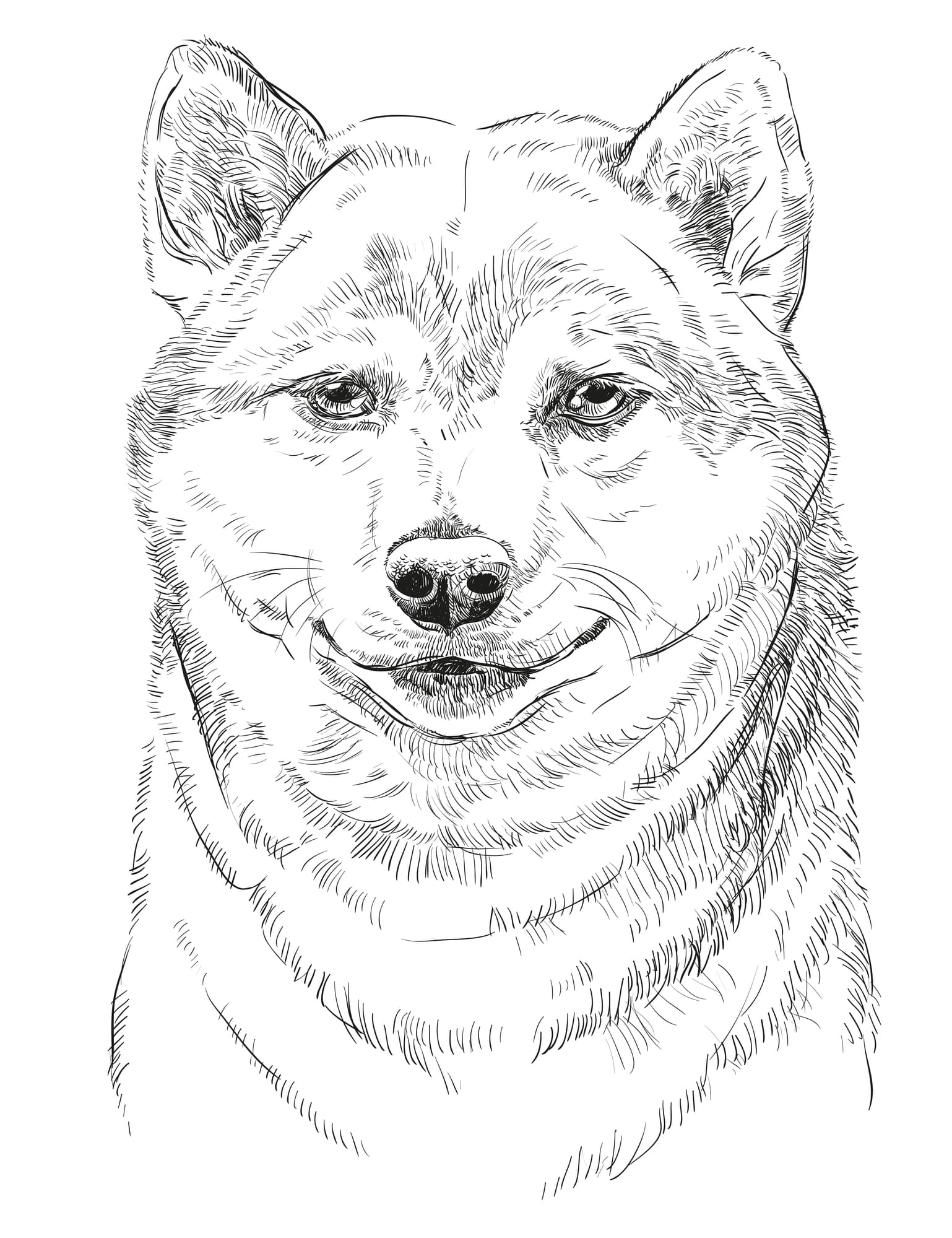
Origin & History
As the name suggests, the Shiba Inu originates from Japan. The word Shiba means "small". It is not for nothing that this breed got its name. It is considered the smallest and oldest dog breed in Japan. However, the first Shiba Inu are said to have been even smaller and, above all, shorter-legged than the animals we know today.
The watchful four-legged friends were kept as farmyard dogs back then. They guarded the family's belongings and protected the farm from uninvited guests. The dogs also liked to hunt small wild animals. The four-legged friends were particularly common in the many mountain villages of Japan.
In the 1930s, the Japanese began to actively breed the breed. This was against the background that the cute four-legged friends were already threatened with extinction. Various measures were taken to preserve the breed - with success. Since 1937, the Shiba Inu has even been considered a national natural monument in Japan.
The breed is not yet very well known in Germany. However, this is positive for the health of the animals, as there is no overbreeding. The Shiba Inu is an interesting and special dog breed whose uniqueness needs to be preserved.
The final recognition by the FCI took place in 1964.
